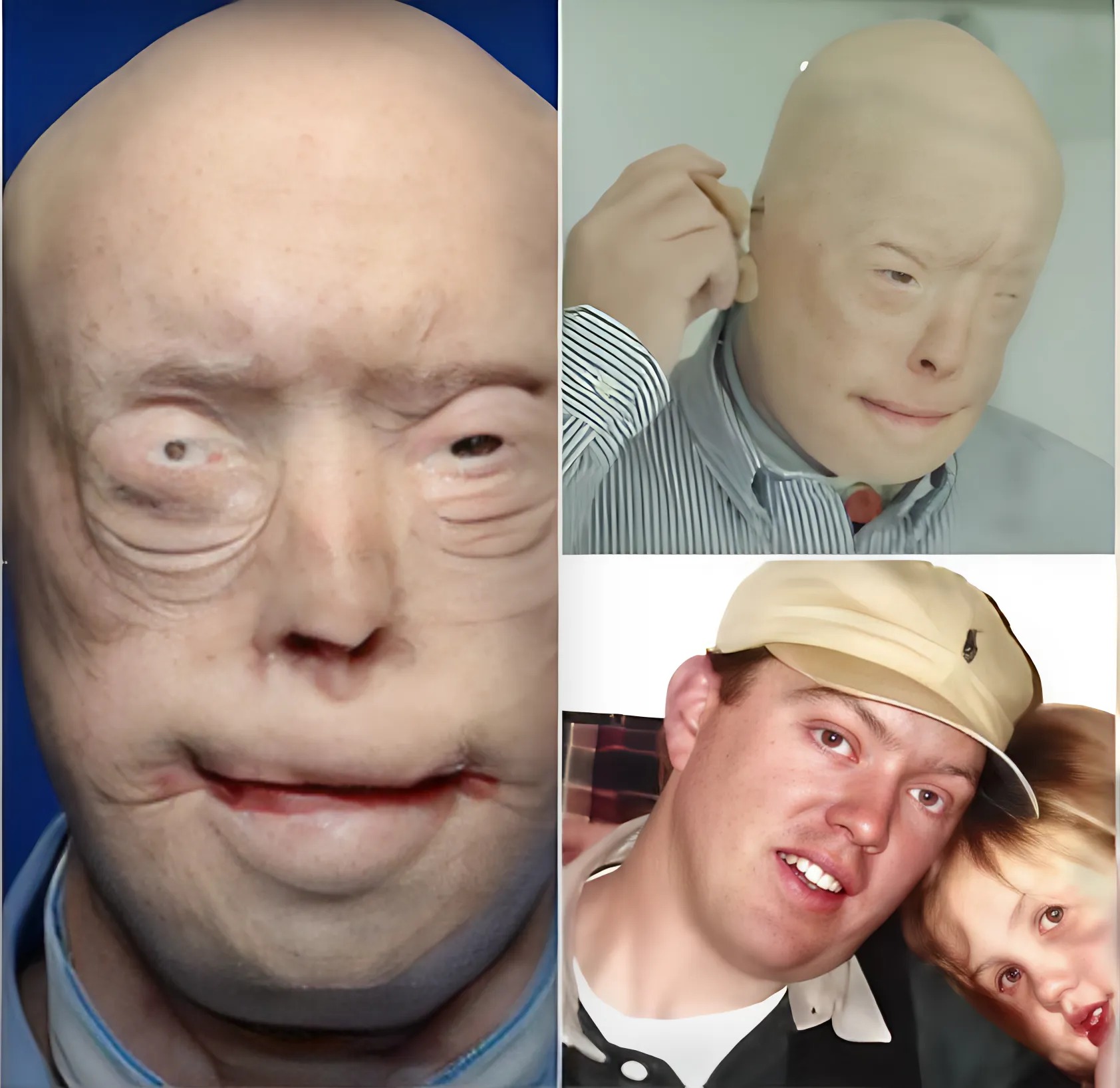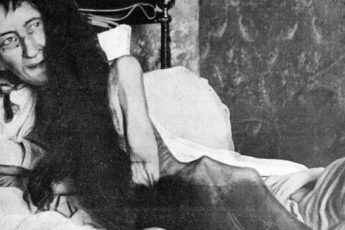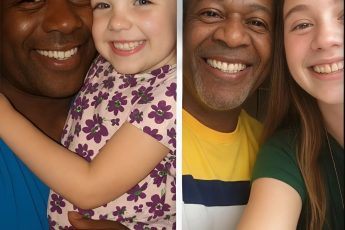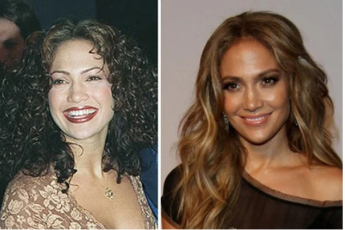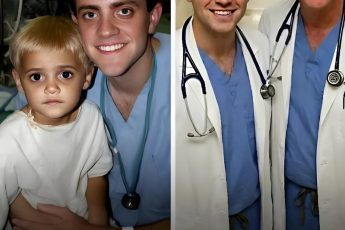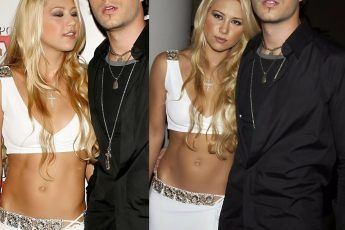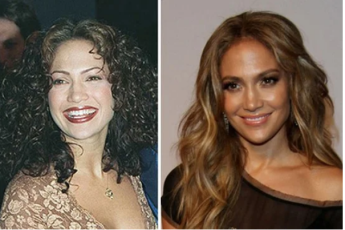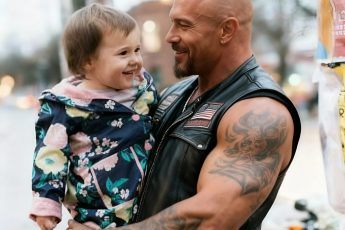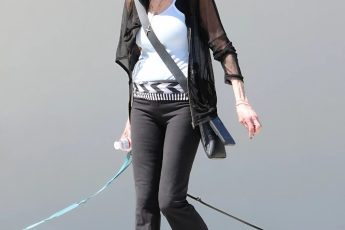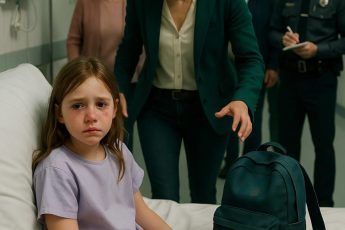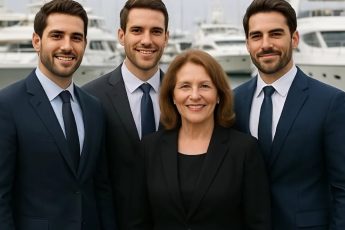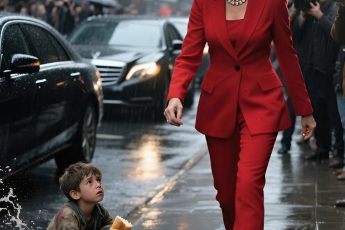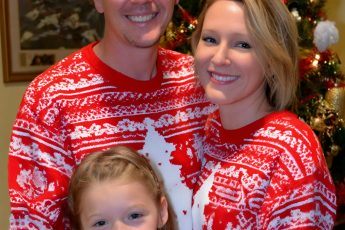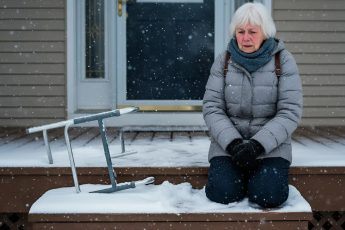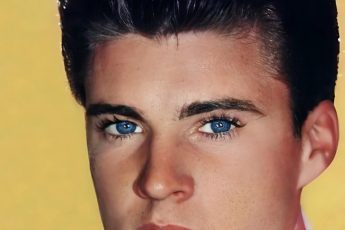Patrick Hardison suffered injuries incompatible with life in a house fire when he attempted to rescue a woman he believed was trapped. As a result of the fire, he suffered third-degree burns that covered his entire face and scalp. For years he wore a baseball cap, sunglasses and prosthetic ears in public, coming to terms with the painful reality of his new appearance.
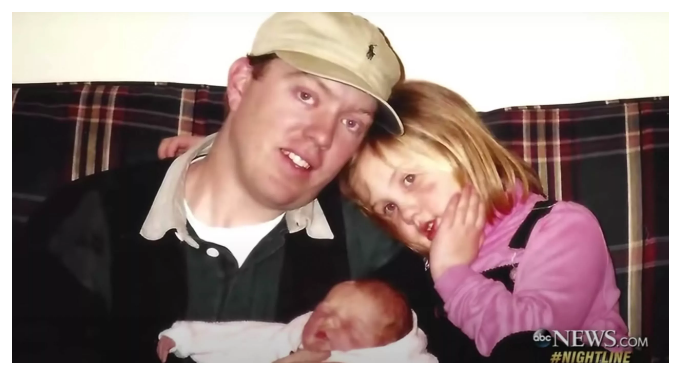
Patrick recalled children running away when they saw him, and the emotional blowback was immense. However, all that changed in 2015 when he underwent the most extensive face transplant surgery in history.
According to reports, Patrick had a 50/50 chance of surviving the face transplant. However, after a 26-hour surgery that involved more than 100 medical professionals, the procedure was a success. Today, Patrick Hardison is enjoying life with his wife and children.
Medicine has made significant advances in recent years, and one of the most remarkable advances is the possibility of facial transplants. Since Isabelle Dinoire became the first person to undergo the procedure in 2005, face transplants have become a potential solution for people like Patrick who suffer from extreme facial disfigurement.
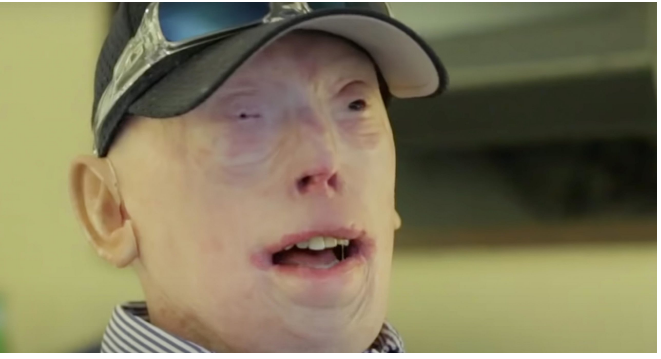
In 2001, Patrick, who was a volunteer firefighter, attended a house fire that changed his life forever. During the incident, the house collapsed on top of him, leaving him with severe facial burns and other devastating injuries. The fire destroyed his ears, lips, most of his nose and eyelids. For years, he was unable to form normal facial expressions and even struggled to perform basic functions such as eating, blinking or laughing without pain.
Over the years, Patrick’s appearance made it difficult for him to interact with others, especially children, who were often frightened. Patrick’s life became a constant struggle with stares and isolation. He wore a baseball cap, sunglasses and prosthetics to shield himself from the judgement of others.

Despite the trauma, Patrick never turned down an opportunity to reclaim his face. In 2005, Isabelle Dinoire underwent the first ever face transplant surgery. But it wasn’t until a year later that Patrick was able to succeed when he was referred to Dr. Eduardo D. Rodriguez of NYU Langone Medical Center. After a long search for a suitable donor, a breakthrough came when David Rodebauch, a 26-year-old man who died in a bicycle accident, was identified as a potential candidate.
David’s family, led by his mother Nancy Millar, agreed to donate his organs, including his face, to help Patrick. This act of kindness and generosity was a turning point in Patrick’s journey.
On the day of surgery, Dr Rodriguez and his team worked tirelessly for 26 hours to perform the most extensive facial soft tissue transplant ever performed. The procedure was not without risk, and Patrick’s chances of survival were only 50/50. But he persevered, hoping for a new life.
Before the surgery, Patrick shared heartfelt words with his oldest daughter, Alison, expressing his hope that one day he would be able to walk her down the aisle without having to wear a cap and sunglasses. That moment strengthened his resolve to undergo the procedure despite the risks.
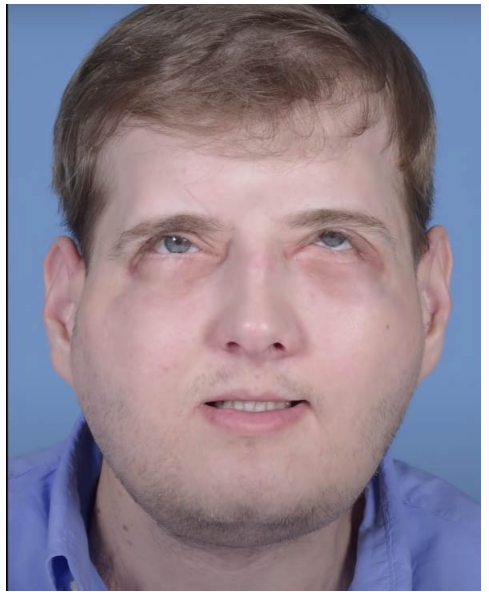
The surgery was successful, but the recovery process was long and difficult. Patrick faced complications including blood pressure fluctuations, respiratory problems and swelling, but over time his new face healed. He had to re-learn how to speak and swallow, and he faced emotional challenges as he adjusted to his new appearance.
Perhaps the most emotional moment in Patrick’s recovery was meeting David Rodebaugh’s mother. Nancy had always known of her son’s desire to help others through organ donation, and she was touched to meet Patrick, knowing that her son’s face would help him live again. Their meeting was very emotional and they bonded like family.
Seven years after his transplant, Patrick is still recovering, although he still takes anti-rejection medication to prevent his body from attacking the transplanted tissue. Despite the challenges, he is grateful for his new life and wants to inspire others facing similar problems. Patrick has written a book and hopes his journey can give hope to those who feel hopeless.
‘I want people to know that no matter how hard things get, it’s never too late to find hope. You can achieve anything,’ he says.
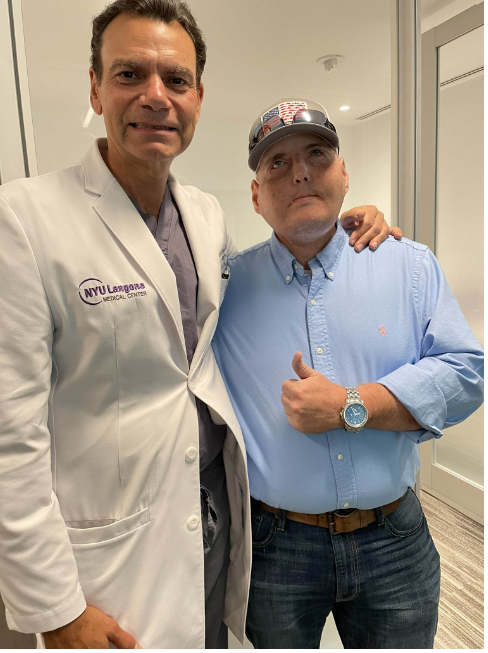
Today, Patrick is an inspiring example of resilience, and his recovery is a testament to the incredible work of medical professionals, especially Dr Eduardo D. Rodriguez and his team. Patrick’s story is one of strength, hope and the power of human compassion.
Please share Patrick’s remarkable journey with others to honour the medical professionals and his donor family who made his recovery possible.
